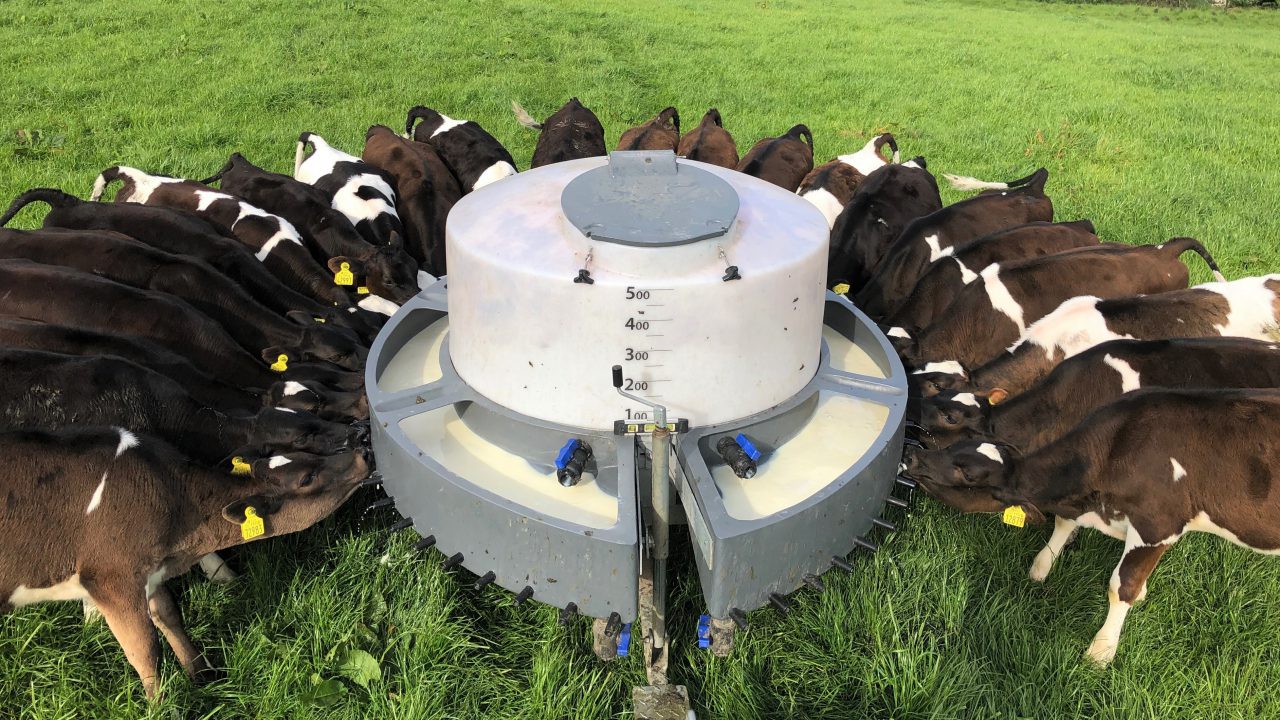As we approach the end of May, spring-calving herds have begun their breeding season – and in many cases their silage season. We are now edging close to the two million mark for calf registrations, with a current total of 1,868,686 calves for 2021 so far.
That figure is 34,611 calves ahead of last year’s figure for the same period in 2020, when 1,834,075 calves had been registered.
The latest figures from the Irish Cattle Breeding Federation (ICBF) show that there has been a 3.97% increase in dairy calf registrations on last year’s figures – with 1,363,688 head of dairy calves born so far, compared to 1,310,512 head for the same period in 2020.
The week ending May 21, saw some 44,662 calves being registered, which is a decrease compared to last year’s figure for the same time period, when 50,453 calves were registered.

Calf registrations weekly breakdown
Taking a closer look at the figures, we can see that 19,166 dairy calves were registered during the week-ending May 21, 2021 – a decrease of 1,621 head on the corresponding week in 2020.
Looking at suckler calf registrations in more detail, during the week ending May 21, 2021, some 25,496 beef calves were registered – a decrease of 4,170 head on the same week in 2020.
The total number of suckler calves registered so far this year stands at 504,998 head. During the same period in 2020, some 523,563 beef calves were registered.
When combined, total calf registrations – for both suckler and dairy – are still running ahead of last year’s levels.
Calf registrations up to and including the week ending May 2021:
- Beef births: 504,998 head;
- Dairy births: 1,363,688 head;
- Total births: 1,868,686 head.
Feeding calves
It is important to continue feeding any late-born calves colostrum; colostrum is the first and most important line of defence for a newborn calf.
Using the 1,2,3 rule:
- Use the first milk (colostrum) from the cow;
- Feed the calf colostrum within the first two hours of birth;
- Calves must be offered at least 3L of good quality colostrum.
A calf should receive 8.5% of its total body weight in colostrum in the first two hours of life. Immunoglobulin absorption reduces dramatically after that.
With this in mind, a calf weighing 35kg should get 3L of colostrum and a 45kg calf should receive 4L. Those feeding levels are crucial for the calf’s future performance.
